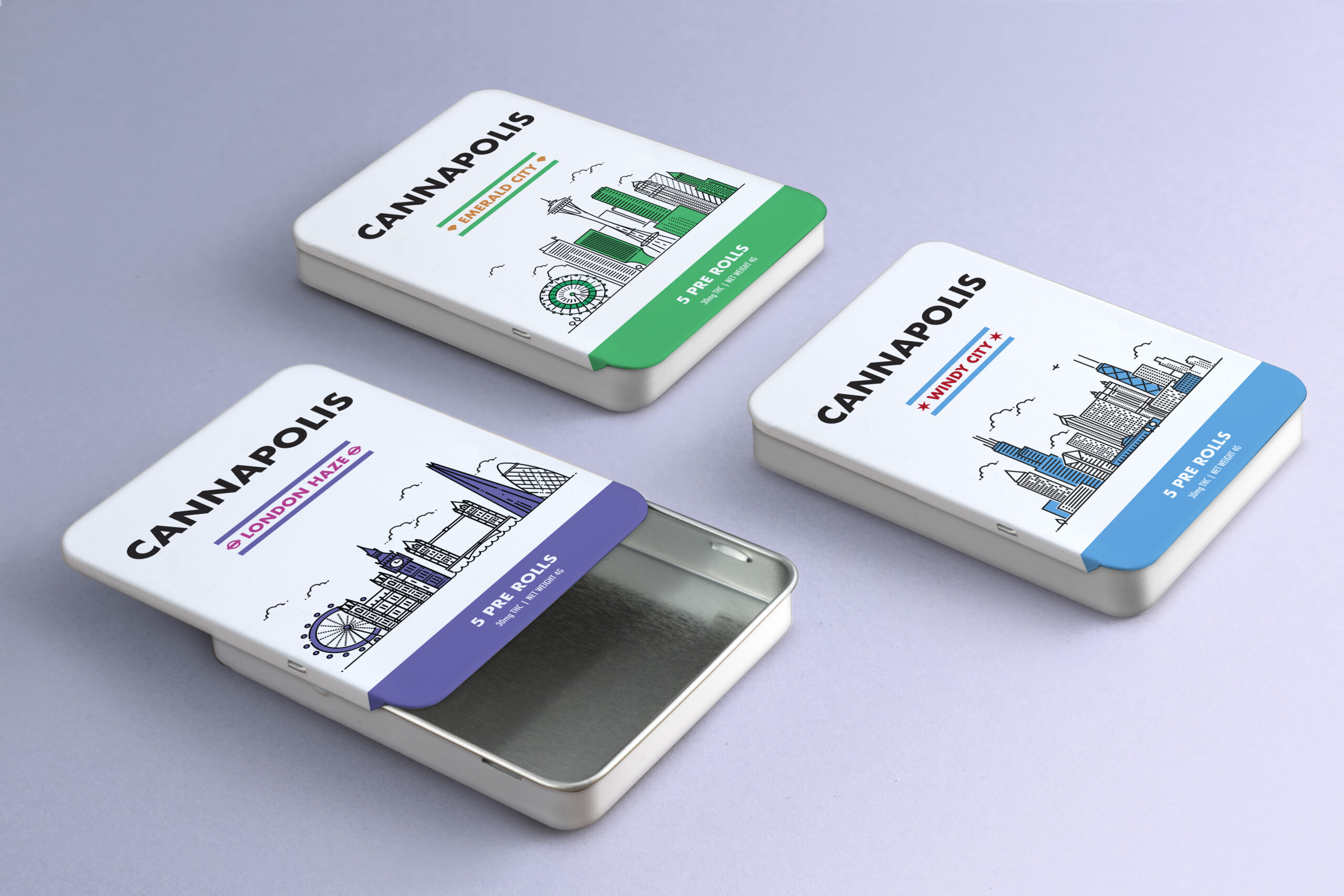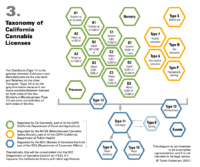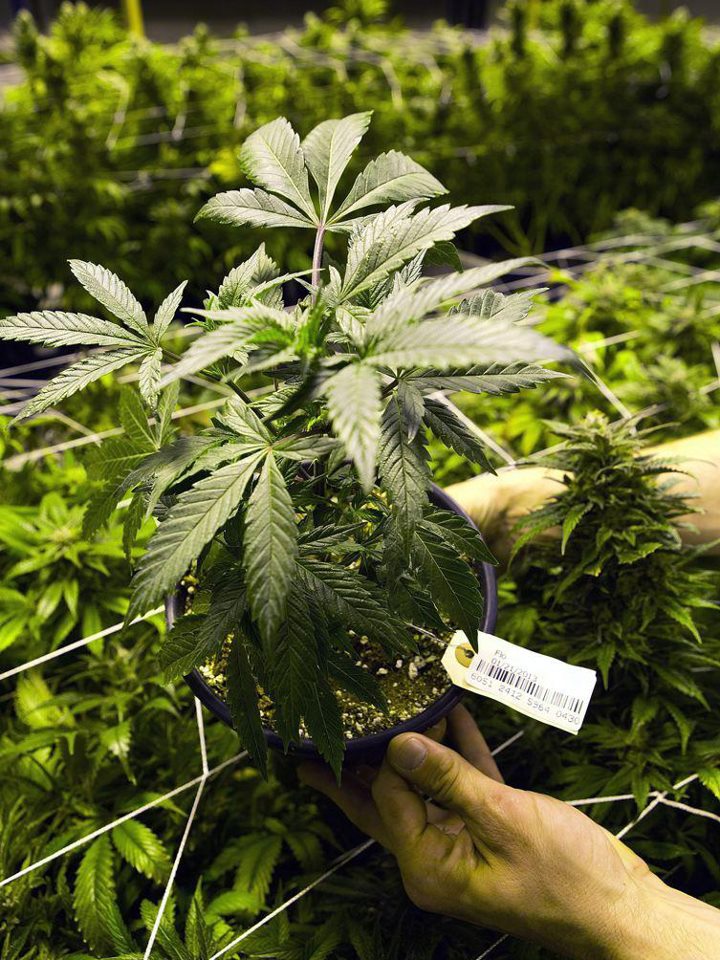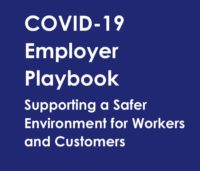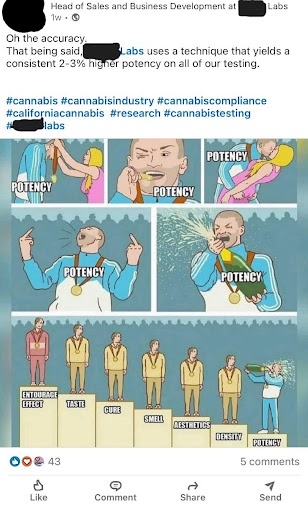Benjamin Franklin famously advised fire-threatened Philadelphians in 1736 that “an ounce of prevention is worth a pound of cure.”
With industry growth and maturation comes increased opportunities and challenges. As the cannabis business matures and spreads into new geographic regions, the industry can take advantage of larger markets; however, it also faces increased risk and litigation across a myriad of its operations. This article identifies some of those growing pains along with suggesting how to avoid the more obvious and typical types of issues before they become a problem.
Contracts/Commercial Agreements
One source of emerging trends in cannabis litigation notes that about 1/3 of litigation in 2022 could be classified broadly as commercial disputes. As the various state laws allow for expansion of legal cannabis operations into more states, operators will enter into more commercial agreements to grow and scale operations across the United States.
I am surprised by how many companies do not adequately document their commercial agreements. A host of issues too numerous to discuss in depth here should be addressed in a commercial agreement depending on the type of transaction. In short, make sure agreements are in writing, signed and include an effective date. They should be complete and unambiguous, allocating responsibilities and risk as intended.
Fundraising
 When fundraising, whether as debt or equity, a company must comply with complicated and technical U.S. and applicable state securities laws. These laws and regulations require either the registration of the securities offering, which is very expensive, or an applicable exemption from a registration. Failure to comply could lead to lawsuits filed by investors trying to recoup all their money, even if they have no damages, along with possible fraud claims or fines and penalties imposed by applicable federal or state agencies.
When fundraising, whether as debt or equity, a company must comply with complicated and technical U.S. and applicable state securities laws. These laws and regulations require either the registration of the securities offering, which is very expensive, or an applicable exemption from a registration. Failure to comply could lead to lawsuits filed by investors trying to recoup all their money, even if they have no damages, along with possible fraud claims or fines and penalties imposed by applicable federal or state agencies.
Landlord-Tenant disputes
When renting commercial real property, create agreements that address the major issues in writing in case of disputes with property owners. Understanding the lease terms and requirements, as well as tenant rights and duties under state and local law, are essential. Pay attention to lawful uses, minimum term and renewal options, operating expenses and tax requirements, tenant default issues, base rent and other rental charges, common area maintenance charges, maintenance and repair, tenant improvement requirements and allowances, sublet and assignment, and requirements for the refund of the security deposit.
Employment
A common area of misunderstanding that leads to disputes is the law governing employee relations. Companies often misclassify employees, creating valid claims for past due benefits, fines and other damages for failure to classify correctly. In California, for example, correctly classifying a worker as an independent contractor is difficult. Some common mistakes to avoid include:
- Designating non-exempt workers as exempt and misclassifying employees as independent contractors.
- Failure to pay required minimum wages or overtime.
- Not providing required meal and rest breaks.
- Failure to keep accurate time records for non-exempt workers.
- Inaccurate and noncompliant payroll records (aka “wage statements”) with all the required information.
- Improperly administering leaves of absence, especially for employees with medical conditions or disabilities.
- Not carefully documenting performance issues by using performance reviews, or “writing up” poor performance, etc.
Failure to have a written employee handbook covering important policies such as vacation and required conduct, as well as misapplying those policies, can lead to disputes. Pay attention to state and local employment laws that apply at the different stages of development and growth.
Intellectual Property
 Protecting the company’s intellectual property is important to maintain the goodwill and value of a business. Carefully evaluate the requirements for any patent, trademark, copyright, and/or trade secret protection and come up with a plan to implement and monitor the applicable intellectual property assets. Do not disclose possible patentable intellectual property and inventions before filing a provisional patent application, or the ability to obtain patent protection will be destroyed. Before using a tradename or trademark in commerce, investigate if anyone else is using a similar name for similar goods and services. Failure to do so could lead to claims for infringement and a judgement requiring the company to stop using its preferred name or logo after investing time and money in creating the brand. Consider registering at the state and federal level the name and logo to secure your rights in the brand. What and where a cannabis company can register its brand name and logo for protection are currently limited, so be advised registration can be tricky.
Protecting the company’s intellectual property is important to maintain the goodwill and value of a business. Carefully evaluate the requirements for any patent, trademark, copyright, and/or trade secret protection and come up with a plan to implement and monitor the applicable intellectual property assets. Do not disclose possible patentable intellectual property and inventions before filing a provisional patent application, or the ability to obtain patent protection will be destroyed. Before using a tradename or trademark in commerce, investigate if anyone else is using a similar name for similar goods and services. Failure to do so could lead to claims for infringement and a judgement requiring the company to stop using its preferred name or logo after investing time and money in creating the brand. Consider registering at the state and federal level the name and logo to secure your rights in the brand. What and where a cannabis company can register its brand name and logo for protection are currently limited, so be advised registration can be tricky.
Trade secret protection attaches to valuable information not readily ascertainable by lawful means, such as a formula, pattern, method, device, compilation, program, technique, or process that is secret. Protection afforded to trade secrets does not expire if the information is kept secret. For instance, the Coca-Cola formula has been kept secret for over 100 years, thus maintaining its value. Companies must also implement and maintain appropriate measures to protect the inadvertent disclosure of the information in order to maintain an asset’s status as a trade secret. Before disclosing any confidential information, make sure to have a proper written confidentiality agreement in place with the recipient, or you may lose the protection afforded by trade secret law.
Hiring the right workers to develop valuable intellectual property is important to the success of any business. Make sure to have employees and contractors assign their interests and ownership rights to the work they create, and develop a written invention-assignment agreement in favor of the company to avoid ownership disputes. Interests in copyrightable works created by service providers must be assigned in a written agreement. Failure to do so could diminish the company’s value.
Taxes & Licensing
 Sometimes a business unavoidably gets behind in paying its taxes. Failure to pay taxes on time leads to penalties and fines and possible expensive audits by the tax authorities. In addition, personal liability can attach to directors and officers for failure to pay employment taxes. Cannabis companies may have several licensing requirements as well that are important to track to stay in good standing.
Sometimes a business unavoidably gets behind in paying its taxes. Failure to pay taxes on time leads to penalties and fines and possible expensive audits by the tax authorities. In addition, personal liability can attach to directors and officers for failure to pay employment taxes. Cannabis companies may have several licensing requirements as well that are important to track to stay in good standing.
Insurance
Adequate insurance is a must-have for every business. Conduct a periodic checkup of the company’s insurance coverage. Consider directors’ and officers’ insurance, general commercial liability and property, products liability, workers’ compensation, employment practices liability coverage, cybersecurity, and business interruption insurance. Those types of coverage are important protections for the risks related to any business that sells a product or service, has employees, deals with the public, or could lose income from unanticipated events like fire, natural disasters and civil interruptions. Discuss your particular insurance needs with a qualified insurance broker, as one size does not fit all.
Consult with Qualified Legal Counsel
Consult with legal counsel to analyze and prepare for the risks noted in this article and other common legal issues to protect the company’s assets, avoid disputes and build and maintain company value. Otherwise, you may find that, as old Ben Franklin noted, you’ll spend many pounds to try to cure problems that could have been avoided with just an “ounce of prevention.”









